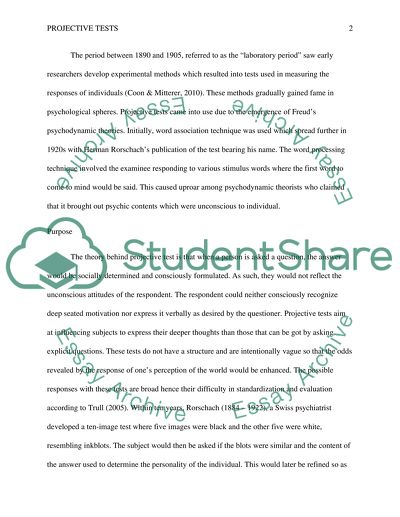Cite this document
(“Projective Tests Essay Example | Topics and Well Written Essays - 1250 words”, n.d.)
Retrieved from https://studentshare.org/psychology/1439857-projective-tests
Retrieved from https://studentshare.org/psychology/1439857-projective-tests
(Projective Tests Essay Example | Topics and Well Written Essays - 1250 Words)
https://studentshare.org/psychology/1439857-projective-tests.
https://studentshare.org/psychology/1439857-projective-tests.
“Projective Tests Essay Example | Topics and Well Written Essays - 1250 Words”, n.d. https://studentshare.org/psychology/1439857-projective-tests.


